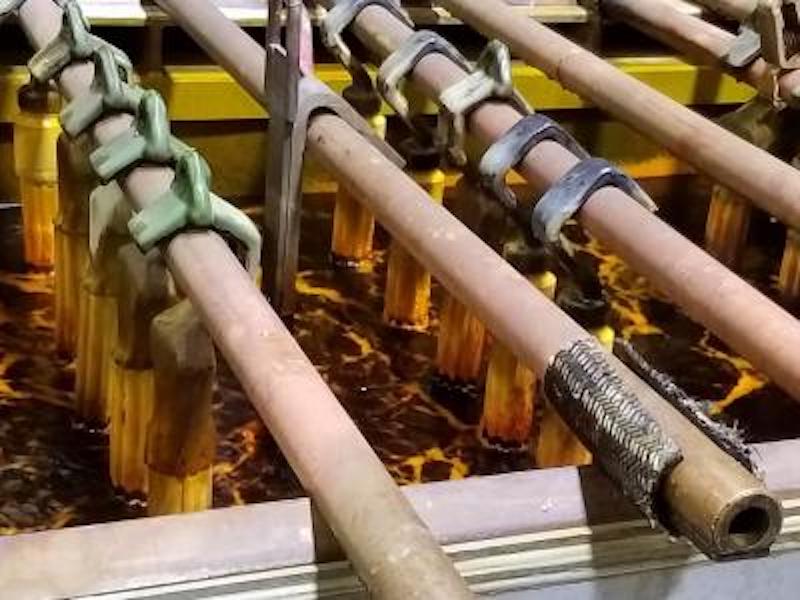The U.S. Environmental Protection Agency released its draft “IRIS Toxicological Review of Hexavalent Chromium,” which could lead to further restrictions on the metal’s use in the metal finishing industry.
The EPA announced Oct. 20 a 60-day public comment period associated with the release of the draft Integrated Risk Information System (IRIS) Toxicological Review of Hexavalent Chromium. The draft document was prepared by the Center for Public Health and Environmental Assessment (CPHEA) within EPA’s Office of Research and Development (ORD).
EPA says it is releasing this draft IRIS assessment for public comment in advance of a Science Advisory Board (SAB) led peer review. SAB will convene a public meeting to discuss the draft report with the public during Step 4 of the IRIS Process.
“The external peer reviewers will consider public comments submitted to the EPA docket in response to this notice and any others provided at the public meeting when reviewing this document,” the agency says. “EPA will consider all comments submitted to the docket when revising the document post-peer review.”
The 60-day public comment period begins October 20 and ends December 19, when comments must be received on or before that date.
The effect on the finishing industry could be that, with possibly more stringent rules for the use and restrictions of hex chrome, it may be harder for facilities to meet any new regulations set by the EPA. The current rules set by the EPA limit the maximum level at 100 parts per billion.
The American Chemistry Council’s (ACC) Hexavalent Chromium Panel issued a statement following the EPA’s draft release, saying they “have strong concerns that the conclusions of the latest state-of-the-art research on hexavalent chromium have been ignored.”
“EPA currently has in place a maximum contaminant level (MCL) of 100 parts per billion (ppb) total chromium based on the assumption of 100 percent hexavalent chromium in the water. Results from a series of state-of-the-art, peer-reviewed studies provide support that the current EPA drinking water standard is health protective,” the ACC says. “The research has undergone robust review, including review by an independent third-party Science Advisory Board, multiple rounds of peer review, and the research findings and all data have been made publicly available.”
The ACC says these studies show that there was no observed toxicity in rodents exposed to hexavalent chromium concentrations in drinking water at the current total chromium MCL. In fact, they say, at hexavalent chromium concentrations of 1,400 ppb — which the ACC says is more than 10 times the current drinking water standard for total chromium — there was no observed toxicity in rodents.
“Researchers did not observe toxicity in the rodents until the hexavalent chromium dose was 5,000 ppb—50 times the total chromium drinking water standard,” the ACC says. “Thus, drinking water containing 100 ppb or less total chromium would not be expected to cause intestinal hyperplasia, a precursor to the development of cancer, in humans.”
The ACC says this research has been validated by other regulatory bodies, including Health Canada, the World Health Organization, and the Food Safety Commission of Japan, each of which concluded that the weight of evidence supports a non-mutagenic, threshold mode of action for intestinal tumors.
“The draft IRIS assessment is at odds with the findings of over 30 peer-reviewed studies supporting a non-mutagenic, threshold mode of action, and we will be engaging with EPA to understand why its assessment is not consistent with the best available science,” the ACC says.
To view the EPA draft report, please visit https://cfpub.epa.gov/ncea/iris_drafts/recordisplay.cfm?deid=355226



































